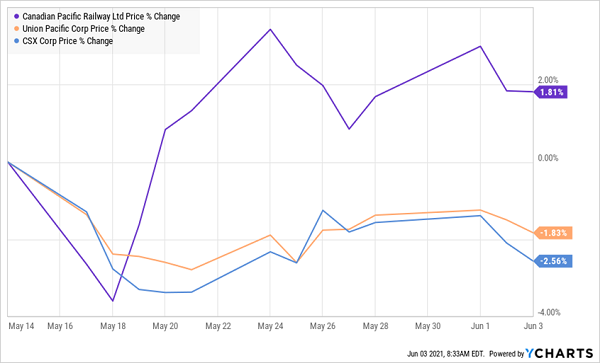
Share Price After the Stock Split is calculated using the formula given below. of Outstanding Shares After Split = 10,000 of Outstanding Shares After Split = 10/3 * 3,000 of Outstanding Shares After Split = N * No. The outstanding Number of Shares After the Stock Split is calculated using the formula below. Price per Share Before Split = Market Capitalization / No. Share price before the stock split can be calculated as, of outstanding shares before split = 3,000 Determine the outstanding number of shares and new share price post the stock split if currently there are 3,000 shares outstanding and the market capitalization is $6,000,000. Let us take the example of a company that has decided to go for a 10-for-3 stock split, which means that there will be ten shares in place of every three shares after the split. Price per Share After Split = Price per Share before Split / Nįollowing are examples of stock splits given below: Example #1.

Step 3:On the other hand, the Price per share will drop by a multiple of ‘N,’ as shown below.of outstanding shares after split = N * No. Step 2: Accordingly, the number of outstanding shares will increase by multiple ‘N’as shown below.In this case, let us assume that the stock split is N for 1, which means that investors will receive an ‘N’ number of shares in exchange for each share they hold. Step 1: The decision of stock splits, including the split ratio, is taken by the company’s board of directors.Let us look at the various calculations involved in stock splits. However, given that stock splits don’t add real value to a company’s market capitalization, the total market capitalization post-stock split remains at the same pre-split level. Therefore these investors are more likely to purchase the shares, which increases the shares’ liquidity. In such a scenario, the investors find the stock price more affordable (half as compared to the pre-split level). Based on the split ratio (say 2 for 1 split), each stock price drops by a certain multiple (2x). The companies decide to split their shares to lower their trading price and bring it to a comfortable level for most investors.


 0 kommentar(er)
0 kommentar(er)
